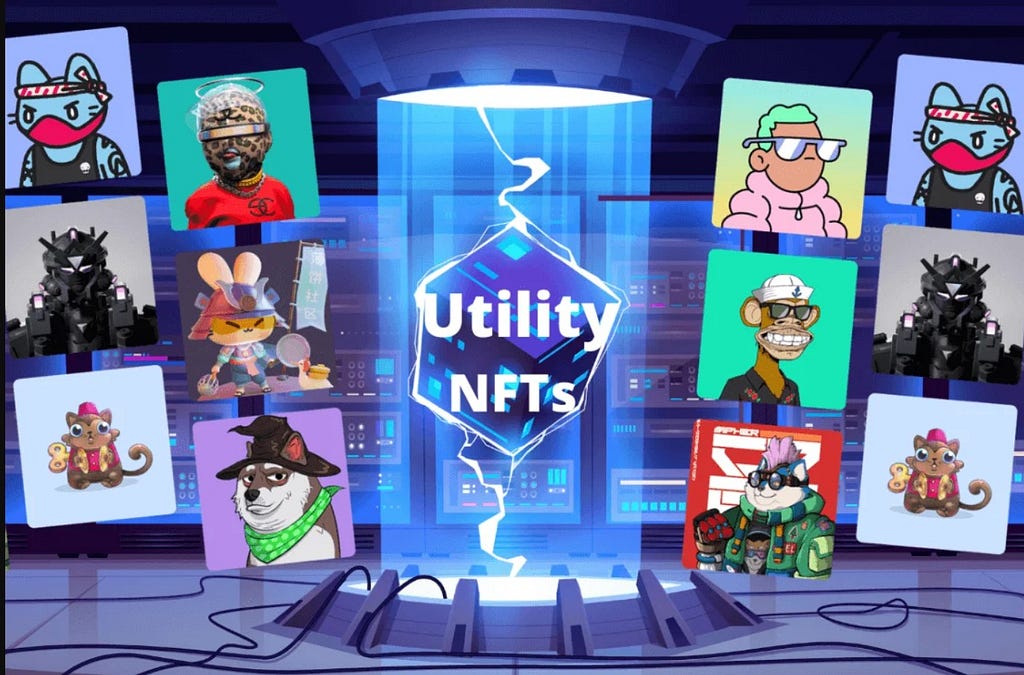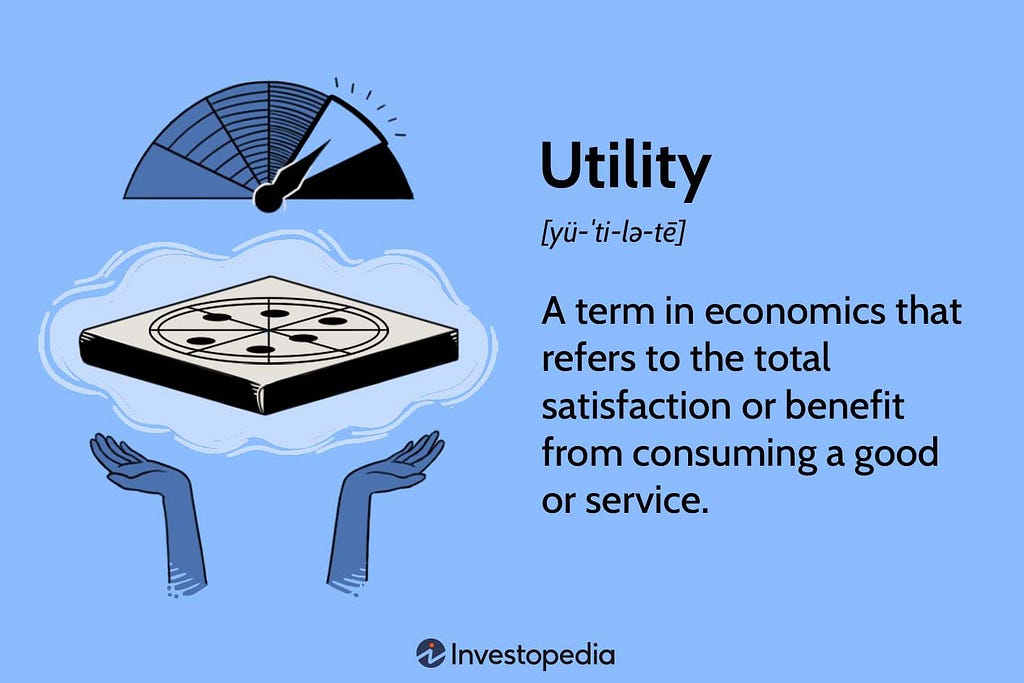Part 2 of a 3-part series
The Utility Paradigm

Utility ensures an NFT remains valuable even after the initial hype of the collection has faded.
Disclaimer
Please note this article is intended for informational purposes only. All views and opinions expressed are my own, and should not be considered financial advice. Always do your own research, and consult with a financial advisor before making any investment decisions.
When NFTs first were released to the public, much was made of the fact they were a new medium for digital art. This was controversial, as the artwork of many of the collections that were released weren’t exactly on the level of a Monet, or a van Gough.
The collections that did get attention from crypto enthusiasts effectively operated in a speculative bubble. Think Crypto Punks, or perhaps the most iconic NFT collection of them all, the Bored Ape Yacht Club.
The central problem with traditional NFTs is the fact that their value is only whatever the next person is willing to pay for it.
This was great news in a speculative bubble. Not so great once that bubble had burst.
One of the factors that mitigated this valid criticism was the promise of utility that the creation of NFTs proposed.
Whether or not project creators realise, an NFT’s utility in the current climate is the central feature that will make or break the success of a collection.
Let’s discuss the utility of NFTs in more detail.
Defining Utility in NFTs
Utility refers to the functional benefits or tangible uses that an NFT provides a holder beyond its existence as a digital collectible. This could include things like:
- Access to exclusive content, events, or communities
- In-game functionality (e.g., weapons, skins, or assets in play-to-earn games)
- Governance rights in decentralised organizations (DAOs)
- Real-world benefits, like tickets to concerts or discounted/redeemable merchandise
- Passive income generation through staking or royalties

The Importance of Utility
A. Sustains Long-Term Value
Utility ensures an NFT remains valuable even after the initial hype of the collection has faded. Projects that provide ongoing benefits (e.g., membership perks or access) are more likely to retain their user base and maintain consumer demand for the collection.
B. Distinguishes High-Quality Projects
Utility separates serious collection creators from more speculative ones. It signals to its potential audience that the creators of a collection are committed to providing value that extends beyond just an NFT’s art, or its collectability appeal.
C. Appeals to a Broader Audience
While some collectors are drawn to the aesthetic or prestige of the collection creator, many are more likely to purchase an NFT that offers practical benefits, or a return on their investment.
D. Reduces Speculative Risk
NFTs with utility are less likely to experience extreme volatility, as their value isn’t entirely dependent on market speculation or trends. This speculative risk is something that has been reduced by orders of magnitude with the creation of the Liquid NFT Marketplace. More information on this can be found in previous articles I have written on the topic.
One such article can be found here:
Liquid NFTs: A New Era of Web3 Collectibles
More Utility vs Less Utility
The importance of an NFT’s utility will vary to collectors depending on the nature of the collection.
High Importance
- Play-to-Earn Games: NFTs need to have clear use cases within the game ecosystem
- Membership and Access: Utility is essential for community-driven projects like the Bored Ape Yacht Club, where the perks and access they provide holders are the key drivers of the collection’s popularity
- Financial Instruments: NFTs tied to DeFi (decentralised finance) or passive income, require well-defined utility to justify their value
Lower Importance
- Art-Based NFTs: Purely artistic collections like CryptoPunks or Beeple’s works may not rely on utility. This is because their value is predominantly derived from visual appeal, or cultural significance
- Historical NFTs: Early NFTs with historical importance, e.g. CryptoKitties, or even the recent Liquid Bulls, may have intrinsic value regardless of utility
Challenges of Utility-Based NFTs
- Execution Complexity: Delivering promised utilities requires both technical and logistical capabilities. The barrier of entry to create a successful utility-based collection can be high
- Evolving Expectations: Communities may demand more utility from their NFT over time. This will increase the pressure on creators who are competing with other collections
- Sustainability: Utility-based projects must avoid the temptation to overpromise. The desire to remain competitive in the NFT space can make this extremely challenging to adhere to. A major pitfall of not following this advice is that failing to deliver can harm a collection creator’s reputation

The Future of ERC-721
As the NFT space matures, utility will likely play an increasingly central role. Buyers are becoming more discerning in their collection choices, seeking projects that offer significant tangible value, or ongoing benefits. Utility will be a defining factor for sustainable NFT ecosystems and long-term success.
One of the key attributes of the Liquid NFT Marketplace, is the locked liquidity which imbues the NFT with real-world value, outside of what another collector is willing to pay for it.
This combined with the Liquid NFT Marketplace’s dynamics ensures the price action of a Liquid NFTs continually trends in one direction.
That direction is upwards.
Check out part 3:
Non-Fungible Tokens (NFTs): ERC-721
Non-Fungible Tokens (NFTs): (2 of 3) was originally published in The Capital on Medium, where people are continuing the conversation by highlighting and responding to this story.
from The Capital - Medium https://ift.tt/VIJHkot
0 Comments